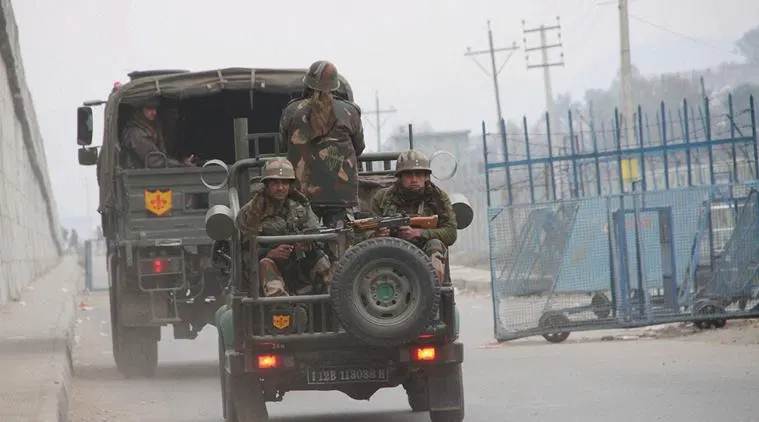
The Indian Express
Face-off along LAC in Ladakh: Chinese build-up will be matched, says NSAB member
Without disclosing exactly when diplomatic talks over the issue began, Narasimhan confirmed that “talks started much before last week”.
by Krishn KaushikAny build-up from the Chinese side will be matched by build up of Indian troops as well, and New Delhi will continue with infrastructure development in eastern Ladakh, where Indian and Chinese troops have been involved in a face-for over three weeks, Lt General S L Narasimhan, member of the National Security Advisory Board (NSAB), said on Thursday.
Without disclosing exactly when diplomatic talks over the issue began, Narasimhan confirmed that “talks started much before last week”.
Narasimhan also told The Indian Express that compared to the Doklam standoff of 2017, the Chinese side appears to be more aggressive this time, even as the strength of their troops is not as much.
He said: “There are two things you need to look into when you compare this (present escalation) to Doklam. One is the strength –– that is (now) less than Doklam –– and the way it has panned out subsequently. At the moment, the strength seems to be somewhere around less than around Doklam-level.”
He said it is “very difficult” to predict the number of Chinese troops positioned along the Line of Actual Control (LAC): “I have heard variations from 500 to 5,000 to 10,000. , it will be extremely difficult to predict.”
But he emphasised that Indian troop strength will be matched. “It is not required to predict the numbers…. if there is a build-up from Chinese side, there will be an equal build-up from our side.”
Narasimhan, who was India’s defence attache to China between 2002 and 2005, said the trigger for the current crisis is that “we don’t have an agreed boundary”. He said summer is the patrolling season, “therefore, when the patrols go up there is always a problem of a face-off”. With more patrols coming up from both sides, “there are more likelihoods of face-offs”, he said.
He said the improved infrastructure on both sides, which has paved the way for easier movement, can be another cause of such face-offs.
While China has “already developed infrastructure”, Narasimhan said “they seem to be upsetting the infrastructure development when it takes place on our side”.
But India will not be deterred to improve the infrastructure development, he said. “We will continue to develop infrastructure the way we have planned. The infrastructure development has been taking place in our territory and it will continue.”
Stating that Chinese troops are not in Indian territory, Narasimhan, who had commanded China-facing III Corps of the Army in the Eastern Command and also commanded a mountain brigade in Sikkim, said: “I think they are trying to lay claim to their perception of LAC. I don’t think it should be seen as if they want to pick up territory or otherwise. It should be seen as they are trying to lay claim to their perception of the LAC.”
Also, he said, the troops are “separated by some distance”.
Playing down the tensions, he said, “Other than the first day, when face-off took place when things were more aggressive and some injuries were suffered, I don’t think there has been any major conflagration or heating up in that area.”
He said: “Daily meetings are taking place between the tactical commanders. The higher-level military commander meetings have taken place on May 22 and May 23, (and) more are likely to come up in future. In addition, diplomatic talks have also been taking place between New Delhi and Beijing. So the communication has been open.”
The NSAB is an agency of experts on national security, and serves in an advisory role to the National Security Council by providing analysis and recommendations on issues of national security.
On Wednesday, China had stated that the situation with India was “stable and controllable”.
Narasimhan said it takes time to disengage from such face-offs. “Face-offs have taken place earlier also, and they have also lasted longer,” he said.
He mentioned the face-off in 1986 at Sumdorong Chu Valley in Arunachal , and the 2013 incident in Debsang Valley in eastern Ladakh. In both incidents, he said, “the disengagement took place after a long time,” while Doklam was resolved after more than 70 days.
“While we are very sure we will defend our territorial integrity and sovereignty, we are also looking for peace and tranquility along the border and will work towards that.”
Narasimhan said ground-level talks, coupled with talks at the diplomatic level, is the way to resolve the situation.